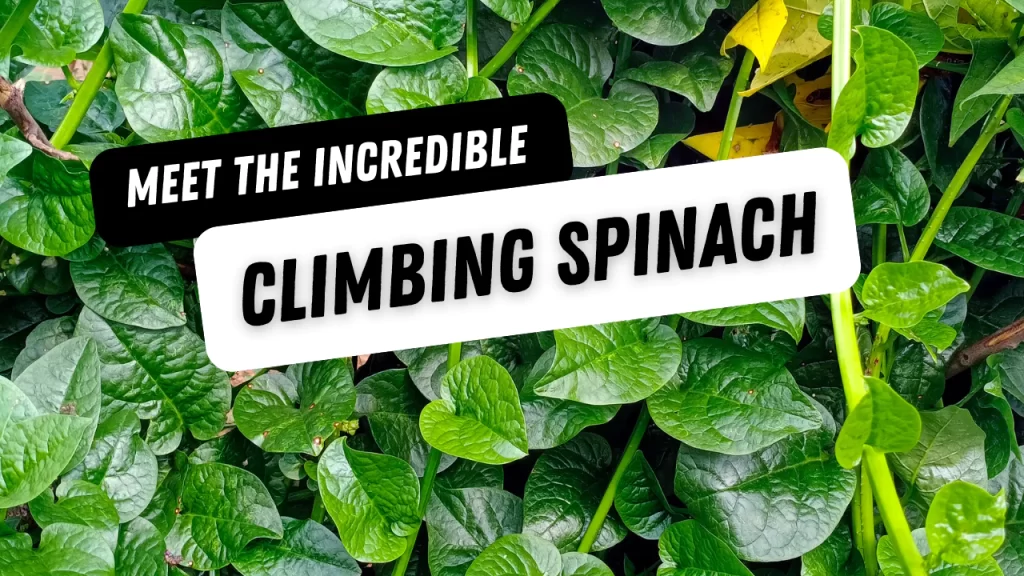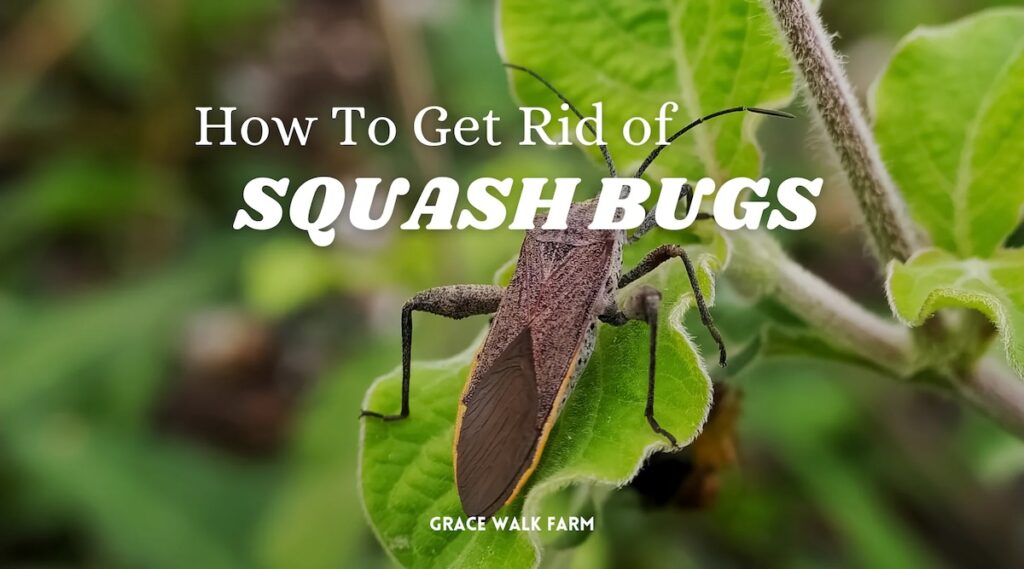Malabar spinach is a leafy vine that makes a tasty and beautiful addition to any garden. Not only is this spinach easy to cultivate, but it also offers a distinctive flavor that adds a new twist to your recipes.
Let’s dive into everything you need to know about Malabar spinach, from planting to harvesting, and we’ll even throw in some scrumptious Malabar spinach recipes.
Planting Malabar Spinach
Choosing the Right Location for Malabar Spinach
- Malabar spinach thrives in full sun, making it an ideal addition to your sunny garden.
- Ensure the soil is well-draining, as this plant dislikes sitting in water.
Starting from Malabar Spinach Seeds or Cuttings
You can kickstart your Malabar spinach journey using Malabar spinach seeds or cuttings. Seeds provide a sense of accomplishment, while cuttings offer a quicker start.
Providing Support for Red Malabar Spinach
Like any good vine, Malabar spinach loves to climb. Install a trellis, fence, or other support structure to help it reach for the sky.
Growing and Nurturing Your Malabar Spinach
Watering Wisely
- Malabar spinach prefers consistently moist soil but avoid overwatering, as it can lead to root rot.
- Mulching around the base of the plant helps retain moisture and maintains stable soil temperature.
Optimal Planting Time
Malabar spinach is a warm-weather fan. Plant it when the weather is comfortably toasty, and watch it flourish.
Harvesting Your Bounty
The Art of Harvesting Malabar Spinach
- When your Malabar spinach vines are established and growing well, it’s time to harvest those delectable leaves.
- Aim to pick the leaves when they reach about 4-6 inches in length for the best flavor and tenderness.
Encouraging Growth for More Delicious Malabar Spinach Recipes
Regular harvesting encourages more leaves to grow. So don’t be shy about snipping those tasty greens.
Using Malabar Spinach in Your Kitchen
The Distinct Taste of Malabar Spinach
- Malabar spinach has a unique taste that’s not quite like traditional spinach. It adds a captivating twist to your dishes.
- Its slightly mucilaginous texture creates a unique culinary experience.
Versatility in Malabar Spinach Recipes
- Salads: Fresh Malabar spinach leaves make a vibrant addition to salads, offering a refreshing crunch and a burst of color.
- Stir-Fries: Stir-frying Malabar spinach with other vegetables and your preferred protein allows you to enjoy its unique texture and flavor.
- Smoothies: Add a handful of Malabar spinach leaves to your favorite smoothie for a refreshing green boost.
- Berries: Don’t forget about those little berries! While they contain seeds, they can be used sparingly to add a unique touch to your recipes.
Malabar Spinach Common Questions
How to Harvest Malabar Spinach?
- Harvesting Malabar spinach is simple. When the leaves reach 4-6 inches in length, snip them off, ensuring to leave some leaves on the vine for continued growth.
What Does Malabar Spinach Taste Like?
- Malabar spinach has a distinct taste that’s often described as slightly sweet and earthy. Its mucilaginous texture is unique and is excellent for thickening stews and gumbos.
How to Cook Malabar Spinach?
- You can enjoy Malabar spinach in various dishes, such as salads, stir-fries, and smoothies. Use it like you would regular spinach but embrace its unique flavor and texture.
Can You Grow Malabar Spinach from Cuttings?
- Yes, you can grow Malabar spinach from cuttings. Choose healthy cuttings and plant them in well-draining soil to encourage root growth.
How to Grow Malabar Spinach?
- To grow Malabar spinach successfully, ensure it gets full sun, provide proper support for climbing, maintain well-draining soil, and water it consistently. Plant during warm weather for the best results.
Malabar Spinach Salad with Balsamic Vinaigrette
Ingredients:
- Fresh Malabar spinach leaves
- Cherry tomatoes
- Cucumber, thinly sliced
- Red onion, thinly sliced
- Feta cheese
- Walnuts or almonds
- Balsamic vinaigrette dressing
Instructions:
- Wash and dry the Malabar spinach leaves.
- In a salad bowl, combine the spinach leaves, cherry tomatoes, cucumber, red onion, and feta cheese.
- Sprinkle with your choice of toasted walnuts or almonds for a delightful crunch.
- Drizzle with balsamic vinaigrette dressing.
- Toss gently to combine, and your Malabar spinach salad is ready to serve.
Conclusion
Malabar spinach is more than just a plant; it’s a delightful journey into the world of unique gardening experiences and flavors. Whether you’re a seasoned gardener or just dipping your toes into the green world, this vine offers something fresh and exciting.
Cultivating, harvesting, and savoring Malabar spinach is a joyful adventure waiting for you. So, why not embark on it? Happy gardening and bon appétit, my fellow green enthusiasts!
Share Your Experience
Have you grown and enjoyed Malabar spinach? Share your stories, tips, and favorite recipes in the comments below! Let’s keep the green conversation going.




